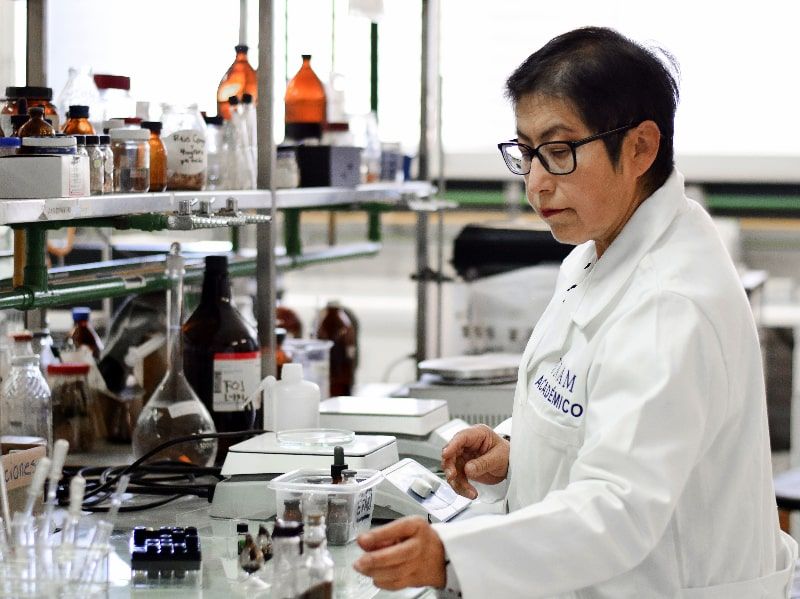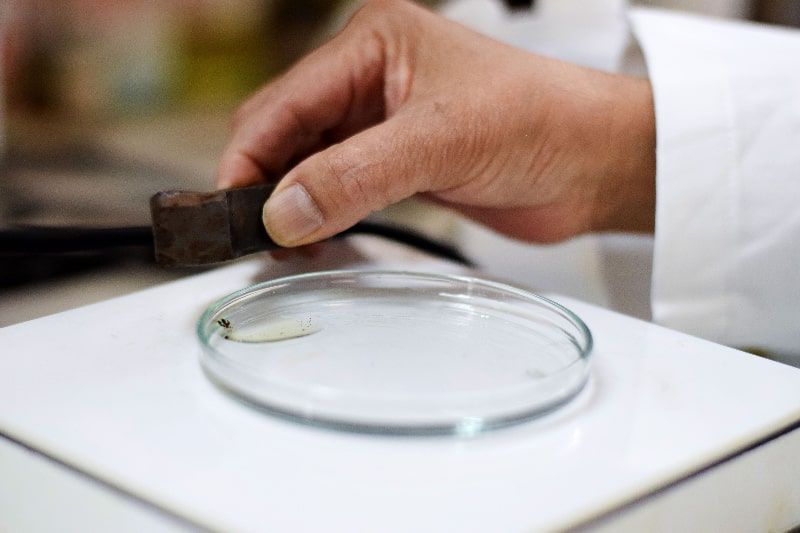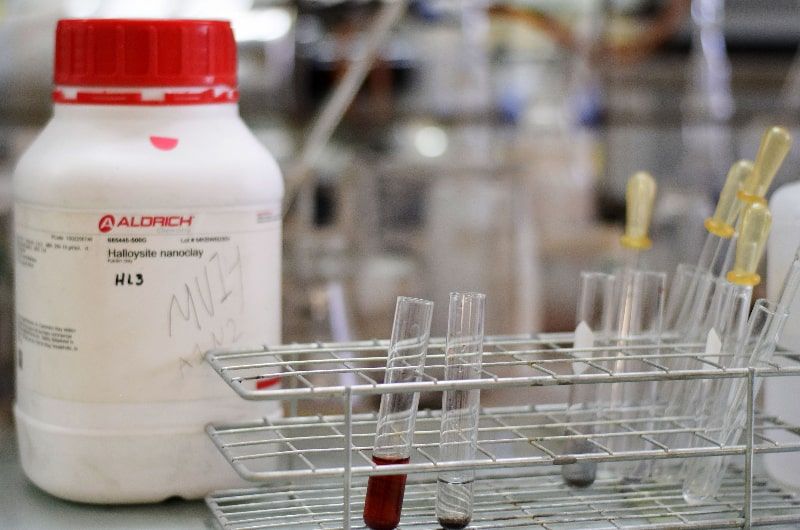Nanotechnology to Decontaminate Water and Recover Oil
The research group develops nanotechnology to decontaminate water and recover oil. It recovers hydrocarbons from spills on platforms and ships; in 2021 it obtained a patent for this technology.

Through the development of nanotubes from a clay mineral called haloisite and a mineral that generates magnetism, called magnetite, researchers from the Facultad de Estudios Superiores (FES) Cuautitlán, headed by Yolanda Marina Vargas Rodríguez, are able to adsorb contaminants from water.
These include bacteria, radioactive substances, viruses, parasites, fertilizers, pesticides, pharmaceuticals, nitrates, phosphates, plastics, and fecal waste. Sometimes it is difficult to detect them because these elements do not always stain the liquid.
Vargas Rodríguez, head of Laboratory 11 "Nanomaterials and Catalysis" of the Multidisciplinary Research Unit (UIM) of this academic institution, has the responsibility of contributing to reducing the pollution of bodies of water.
More than eight years ago, she began the development of different strategies. At first, she used halloysite nanotubes (NTHs) to attract and retain harmful substances from wastewater, which carry out this process in a natural way.
This project arose with the idea of being applied in the textile industry, as a filter to clean large quantities of the liquid. It is placed directly in the tank and then recovered underneath it. Because of its characteristics, this technology can also benefit the pharmacochemical industries and hospitals, as it is ready for immediate use.

To exploit the benefits of this mineral, the university recently oriented this development to the recovery of oil from the sea: spills from platforms, ships, or accidents, among others. After exhaustive research, she discovered that the most suitable for this purpose is to use magnetic materials, with the idea of making more benign components, such as magnetite, which does not pollute. Thus, she decided to add it to the halloysite nanotubes, because it is added to the oil slick and recovers it.
The university professor explained that there are three options for recovering hydrocarbons: using surfactants (a detergent that dissolves, but bubbles remain in the sea); burning it (which would cause greater environmental contamination due to CO2 particles, sulfur, etc.); and the most viable option, magnetic recovery.
For this purpose, she devised support for the magnetite, as she did not want to mix it with the halloysite nanotubes because both adsorb; however, when pulling it out of the nanotubes, it would remain in the water, contaminating it. Therefore, she created a nanocomposite (material with unique properties) and evaluated it with the different types of oil in the country.
She added it as a powder, formed a ferrofluid, and then applied the magnetic field. The result was that with the most viscous hydrocarbons (the most difficult to recover) it worked better, "it allows to pick up the stain, the oil spreads a lot, it picks it up and we can move it towards where we are going to recover it", explained the academic.
Initially, she evaluated magnetite with carbon nanotubes, but their synthesis was complex and expensive; in contrast, with halloysite, the costs were reduced since both are natural. Magnetite is a superparamagnetic material, which means that once the magnet is removed, it is no longer magnetic and, thanks to this characteristic, the fuel can be recovered.

It should be noted that when the fuel is recovered it can be reused, since little magnetic material is used and, although some residues remain, they remain in the asphaltenes (organic chemical compounds of the crude hydrocarbon), which generates modifications. Therefore, it is feasible to process or distill it.
This line of research was developed to benefit the environment and provide a solution to some of the problems that arise with maritime fuel spills. At present, it is common to add surfactants, which remain and have repercussions in the food chain, since fish ingest it and then it reaches human consumption.
It also harms or kills animals that dive or come to the surface, because it adheres to them and obstructs their respiratory tract. In addition, it can also cause irreversible damage to flora and fauna.
Due to the important scope of this project, the academic worked for four years to obtain the patent, which she achieved in 2021 and was registered under the name "Magnetic nanocomposite, its synthesis process and process of recovery of oil or oils from water bodies using said nanocomposite".
Also collaborating in this line of research are Adolfo Obaya Valdivia and Guadalupe Iveth Vargas Rodríguez, academics from FES Cuautitlán; José Álvaro Chávez Carvayar, from the Materials Research Institute; and they also have the support of the Physics Institute of the National University.




